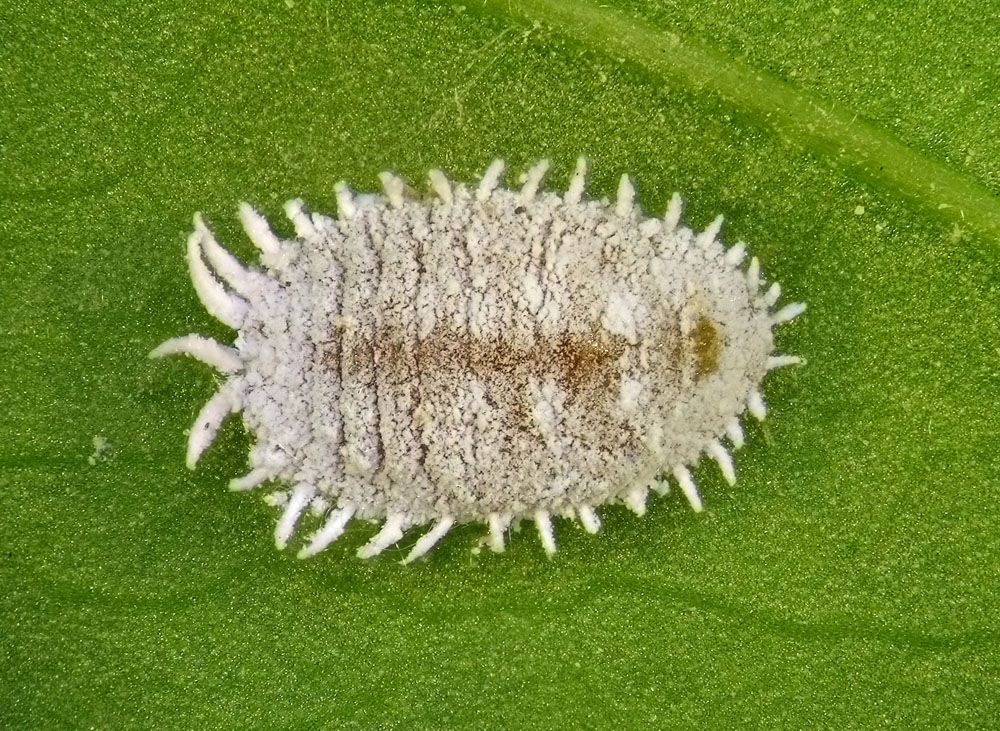
Citrus Mealybug – Planoccoccus citri
Citrus Mealybug: Appearance, Territory, Damage and Life Cycle
Latin Name: Planoccoccus Citri
Appearance: In Florida, the citrus mealybug is a frequent pest of citrus, mainly in greenhouses, as well as various ornamental plants. In Europe and the United States, it has been identified as a difficult-to-control pest.
Mealybugs are soft, oval, flat, and segmented, with a white, mealy wax covering those spreads into spines (filaments) along the body border and the posterior end. The fundamental difference between the species is the thickness and length of the waxy filaments. The most frequent species, the citrus mealybug, has a pinkish body that can be seen through the powdered wax. The filaments around its edges are not noticeably longer at the back end.
Hosts Plants: Citrus mealybugs have been found in at least 27 different plant families. Many beautiful plants cultivated in greenhouses, including begonia, coleus, amaryllis, cyclamen, and dahlia, are vulnerable to infection. Citrus mealybug has been seen on canna, narcissus, and tulip trees in the wild.
Territory: The pest is native to Asia, although it may also be found in the Americas, Europe, and Oceania.
Damage Insect Cause: Although most mealybug species feed on plant aerial portions, some species get their nutrients from roots, while others create galls. A few species can also spread dangerous viruses. Females and nymphs take the plant’s sap, slowing growth and causing deformation and/or yellowing of leaves, which is occasionally followed by defoliation. The overall consequence is a decrease in photosynthesis and hence yield. Flowers and fruit frequently fall off.
Plant sap has a lot of sugar but not much protein. To obtain an appropriate protein intake, mealybugs must consume enormous amounts of sap, excreting surplus sugars in the form of honeydew. Dark sooty molds are frequently detected developing on this honeydew. Furthermore, the mealybugs’ white, waxy excretion lowers the aesthetic value of the damaged plants. The mere presence of mealybugs in ornamental crops is enough to declare the product ineligible for sale. As a result, a relatively tiny population might inflict significant economic damage.
Life History and Habits: Males are flying, tiny insects. Following mating, each female lays hundreds of eggs in a dense, fluffy secretion known as the egg sac or ovisac. New mealybugs (crawlers) hatch after a few days and begin to wiggle out of the ovisac. Because mealybugs like to wedge into cracks on the host plant, light infestations are readily ignored. Mealybugs of all sizes can be observed crawling around or eating on all exposed plant surfaces as their numbers rise.
